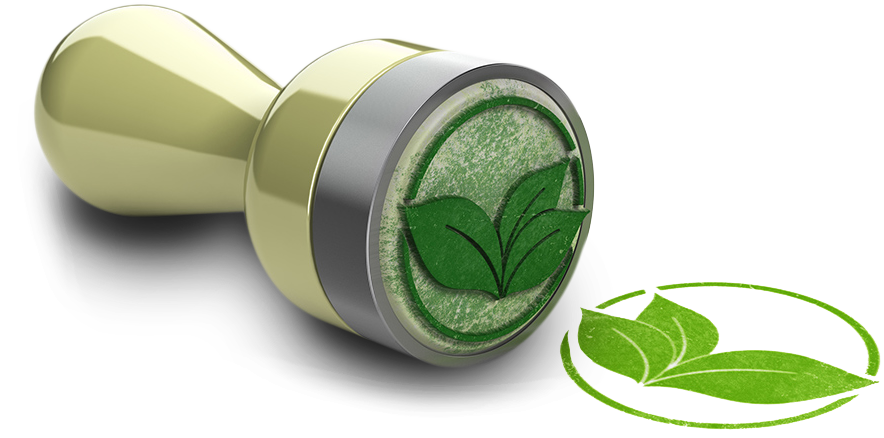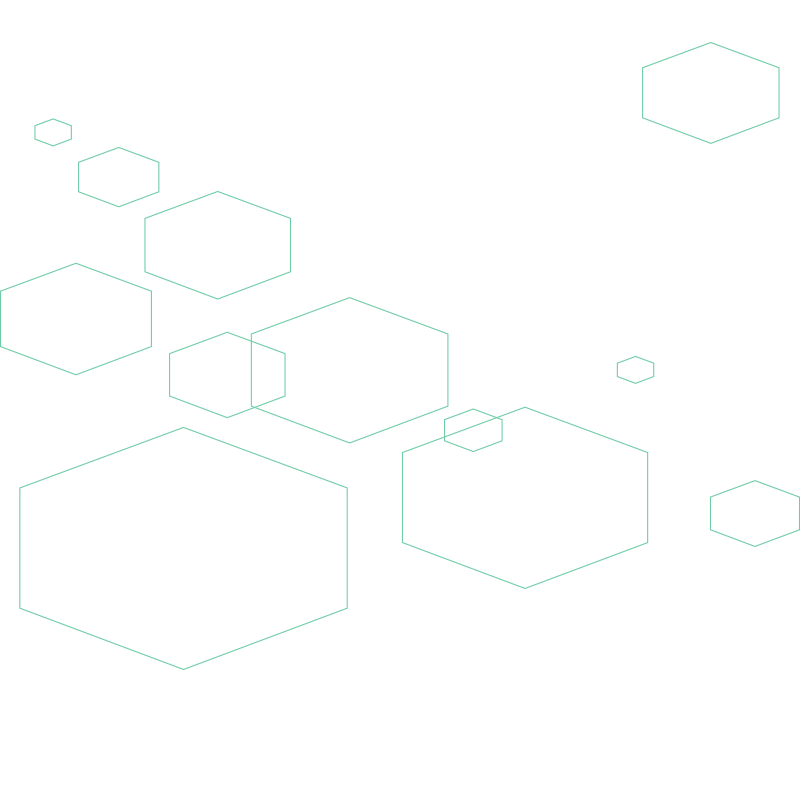The RoHS Directive
The RoHS Directive restricts the use of Lead Pb, Hg, Cd, Hexavalent chromium (Cr6+), Polybrominated biphenyls (PBB), and Polybrominated diphenyl ether (PBDE) in manufacturing of certain electrical and electronic equipment sold in the European Union.

The new RoHS 2
The new RoHS Directive, also known as RoHS 2, introduces new CE marking and declaration of conformity requirements. Before placing an EEE on the market, a manufacturer / importer / distributor must ensure that the appropriate conformity assessment procedure is in line with module A of Annex II to Decision No 768/2008/EC has been carried out and affix the CE marking on the finished product. After January 2013, electronic products bearing the CE Mark must meet the requirements of this new directive.
The applied extension timeline
The new RoHS Directive scope has been extended to all electrical and electronic equipment (EEE), including medical devices, monitoring and control instruments, and EEE products not covered under the previous ten categories (the eleventh equipment category) unless specifically excluded. The timeline for the applied extension EEE:
22 July 2014
Medical devices and monitoring and control instruments- 22 July 2016In vitro diagnostic medical devices covered
22 July 2017
Industrial monitoring and control equipment covered22 July 2019
Electrical and electronic equipment which fell outside the scope of the original RoHS Directive

RoHS XRF Screening
RoHS XRF screening is a cost-effective method to determine compliance levels in products and parts. X-Ray Fluorescence Analysis can be used as a pre-screening method for compliance since it focuses primarily on the parts of a product with the highest risk of containing RoHS substances and can identify the presence of these substances in their elemental form at high output, minimal or no sample preparation, and by a wide, dynamic range of measured concentrations.
If XRF screening indicates that samples do not contain RoHS substances above the legal threshold, there is a substantially reduced need for further testing such as wet chemical analysis, ICP, UV-VIS, and GC/MS.




